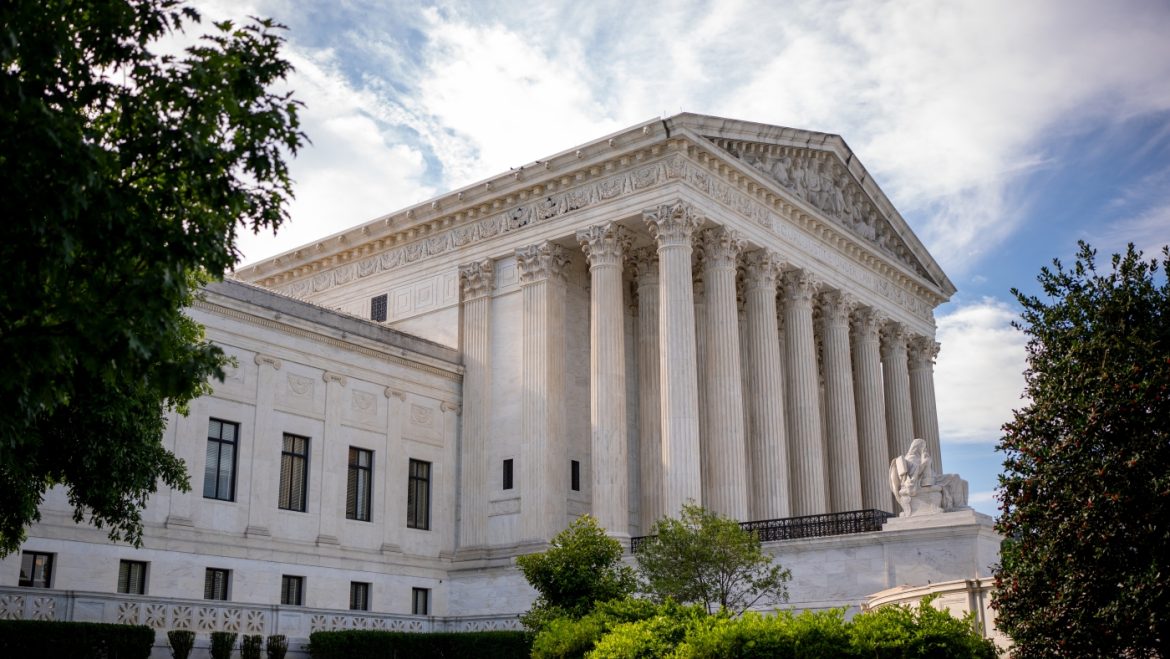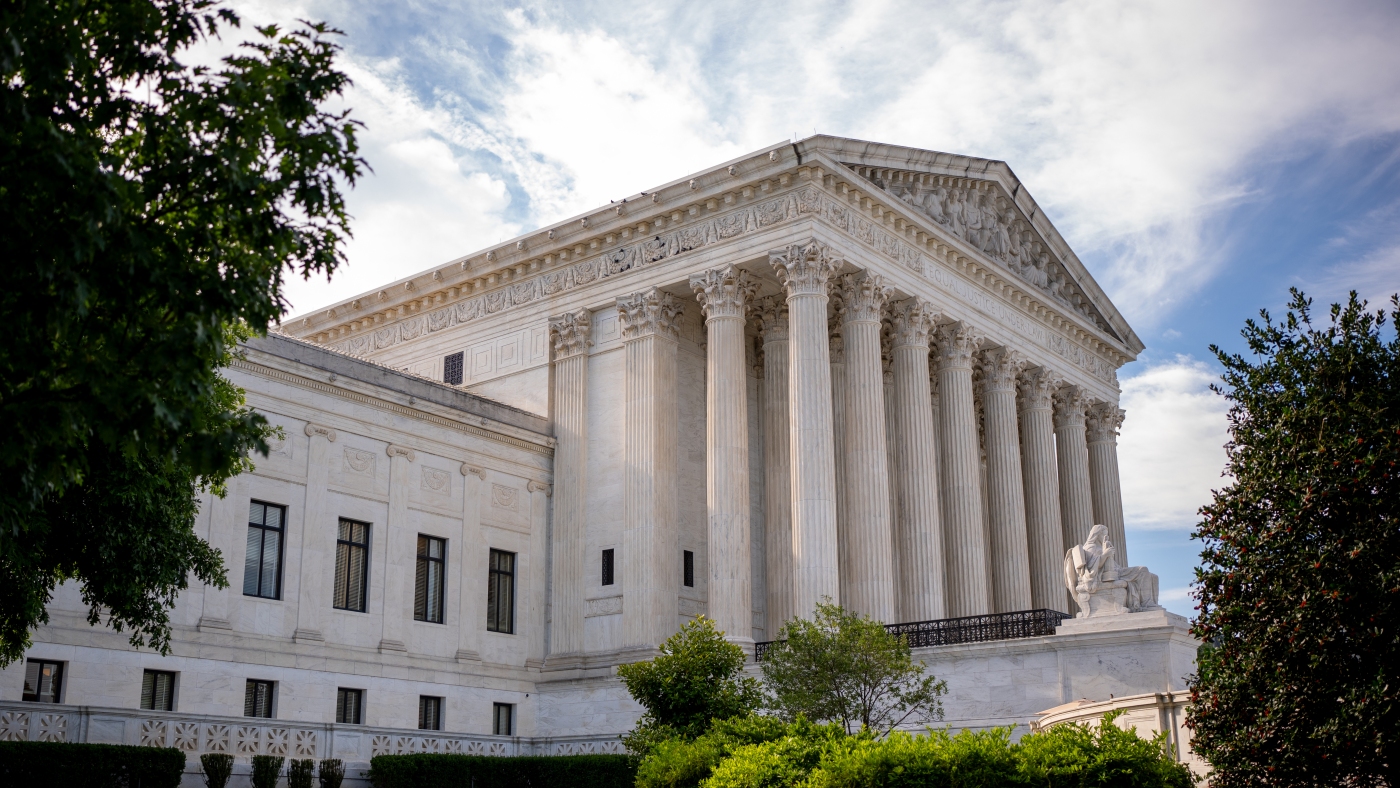The Supreme Court and the Consumer Product Safety Commission: A Clash of Powers
Introduction: A Delicate Balance at Stake
The recent Supreme Court decision permitting President Trump to dismiss three Democratic members of the Consumer Product Safety Commission (CPSC) has ignited a fierce debate about the delicate balance of power between the executive branch and independent regulatory agencies. This ruling, though seemingly narrow in scope, carries profound implications for the autonomy and efficacy of agencies tasked with shielding consumers from hazardous products. At its core, this case forces us to confront fundamental questions about the separation of powers, the role of political affiliation in regulatory oversight, and the future trajectory of consumer protection in the United States.
The Consumer Product Safety Commission: An Independent Guardian?
Established in 1972, the CPSC was designed to serve as a bulwark against unreasonable risks of injury or death associated with consumer products. Its mandate encompasses developing safety standards, issuing recalls of dangerous products, and conducting research on product safety. The commission’s structure reflects a deliberate intent to insulate it from direct political influence, ensuring that its decisions are rooted in scientific evidence and the public interest rather than partisan considerations. The CPSC’s board of commissioners, appointed by the President and confirmed by the Senate, serves fixed terms, theoretically allowing them to act independently without fear of removal for disagreeing with the President’s policy preferences.
However, the recent Supreme Court decision has cast a shadow over this independence. By allowing the President to remove commissioners based on their political affiliation, the court has potentially undermined the very foundation upon which the CPSC was built. This decision raises serious concerns about the future of the agency and its ability to fulfill its critical mission of protecting consumers.
The Legal Battle: A Clash of Constitutional Principles
The legal battle that culminated in the Supreme Court’s decision began when President Trump sought to remove three Democratic members of the CPSC. This action was swiftly challenged in court, with arguments centering on the extent of the President’s authority to remove members of independent agencies. The plaintiffs contended that the CPSC was specifically designed to be shielded from political influence and that permitting the President to remove commissioners based on their political affiliation would erode the agency’s independence and effectiveness.
A lower court initially sided with the plaintiffs, blocking the removals and reinstating the commissioners. This decision was grounded in the principle that independent agencies should be free from undue political interference, enabling them to make decisions based on expertise and evidence rather than political pressure. However, the Supreme Court ultimately reversed this decision, ruling that the President had the authority to remove the commissioners.
The Supreme Court’s Decision: A Shift in the Balance of Power
The Supreme Court’s decision hinged on the President’s constitutional authority to oversee the executive branch and ensure that its officers are faithfully executing the laws. The justices distinguished the CPSC from other independent agencies that have historically been shielded from presidential removal power, arguing that the CPSC’s structure and functions did not warrant the same level of protection.
This decision has sparked intense debate about its implications for the independence of regulatory agencies. Critics argue that it weakens the safeguards designed to protect these agencies from political interference and could lead to decisions that are based on political considerations rather than the public interest. By allowing the President to remove commissioners based on their political affiliation, the court has potentially opened the door to greater political influence over regulatory agencies, potentially compromising their ability to act independently and effectively.
Dissenting Voices: A Warning About Agency Independence
The Supreme Court’s decision was not unanimous, and dissenting justices raised serious concerns about the potential consequences for the independence of regulatory agencies. These justices argued that the CPSC was specifically designed to be insulated from political influence and that allowing the President to remove commissioners would undermine this purpose. They warned that the decision could embolden future presidents to exert greater control over regulatory agencies, potentially compromising their ability to protect the public from harm.
The dissent highlighted the importance of maintaining a balance of power between the executive branch and independent agencies, arguing that these agencies play a crucial role in ensuring that regulations are based on expertise and evidence rather than political considerations. By weakening the safeguards designed to protect agency independence, the court has potentially created a situation where political interests could outweigh the public interest, leading to regulations that are less effective in protecting consumers.
Implications for Consumer Protection: A Future of Uncertainty
The Supreme Court’s decision has significant implications for consumer protection in the United States. By allowing the President to remove commissioners based on their political affiliation, the court has potentially created a situation where the CPSC could become more susceptible to political influence. This could lead to decisions that are less focused on protecting consumers and more aligned with the political interests of the administration in power.
For example, a future administration could use this decision to appoint commissioners who are less inclined to regulate certain industries, potentially leading to weaker safety standards and fewer recalls of dangerous products. This could have serious consequences for consumers, who could be exposed to greater risks of injury or death from unsafe products.
The Broader Context: Presidential Power vs. Agency Independence
The Supreme Court’s decision in this case is part of a broader debate about the scope of presidential power and the independence of regulatory agencies. Throughout history, there have been ongoing tensions between the executive branch and independent agencies, with presidents often seeking to exert greater control over these agencies and Congress seeking to protect their independence.
The Supreme Court has played a key role in shaping this debate, issuing a series of decisions that have defined the limits of presidential power over regulatory agencies. These decisions have attempted to strike a balance between the President’s constitutional authority to oversee the executive branch and the need to protect the independence of agencies that are designed to be insulated from political influence. The recent decision in the CPSC case represents a potential shift in this balance, potentially giving the President greater control over regulatory agencies.
A Call to Action: Preserving Agency Independence
The Supreme Court’s decision in the CPSC case has sparked a renewed call for action to protect the independence of regulatory agencies. Advocates for consumer protection and government accountability are urging Congress to take steps to strengthen the safeguards designed to insulate these agencies from political influence.
One potential solution is to codify the independence of regulatory agencies into law, making it more difficult for future presidents to remove commissioners based on their political affiliation. Another approach is to strengthen the appointment process for commissioners, ensuring that individuals with relevant expertise and a commitment to public service are selected rather than political appointees. By taking these steps, Congress can help to ensure that regulatory agencies remain independent and effective in protecting the public from harm.
Conclusion: A Crossroads for Consumer Safety
The Supreme Court’s decision regarding the Consumer Product Safety Commission marks a critical juncture in the ongoing struggle to balance presidential power with the need for independent regulatory oversight. It serves as a stark reminder that the principles of consumer protection are not self-enforcing; they require constant vigilance and a willingness to defend the independence of the agencies charged with safeguarding public safety. This decision may embolden future administrations to exert undue influence over regulatory bodies, potentially jeopardizing the health and well-being of American consumers. Ultimately, the responsibility falls upon Congress, advocacy groups, and the public to ensure that the scales of justice remain tipped in favor of safety and accountability, preventing the erosion of crucial safeguards designed to protect us all.


